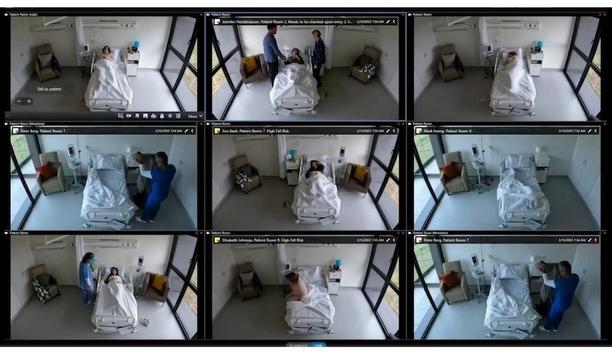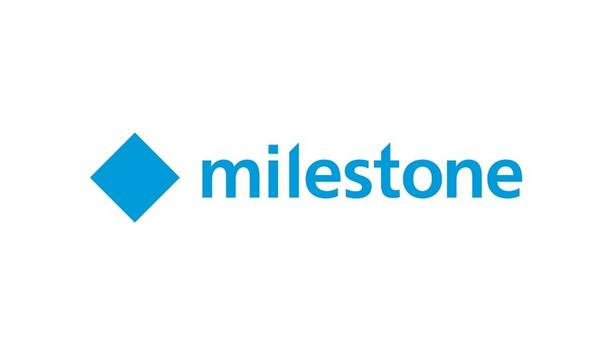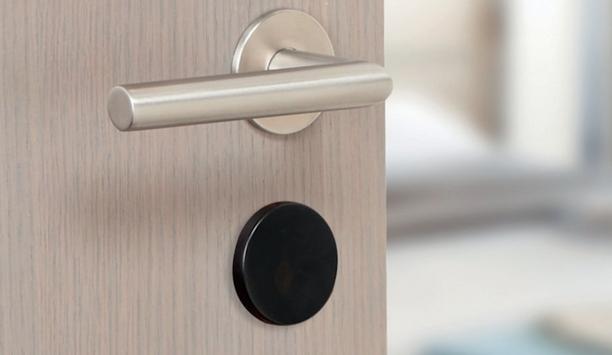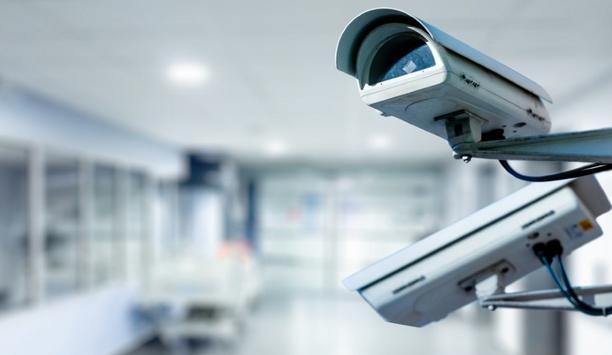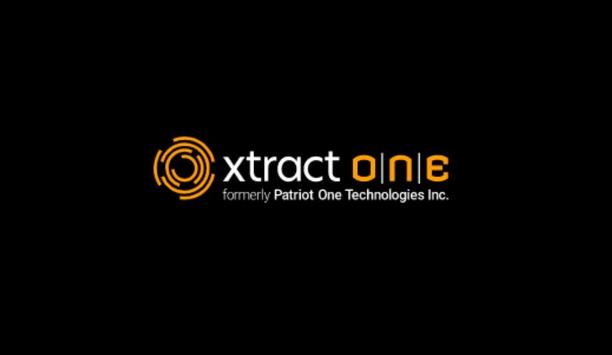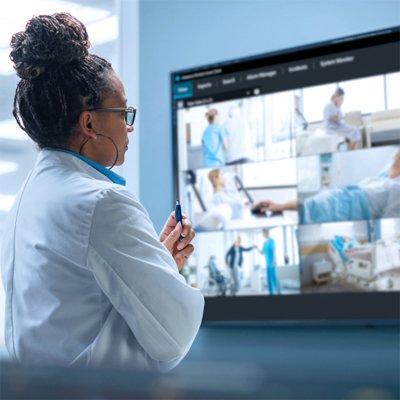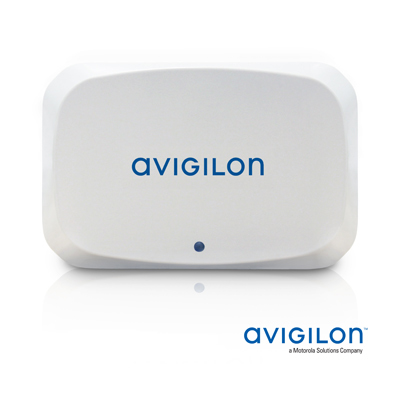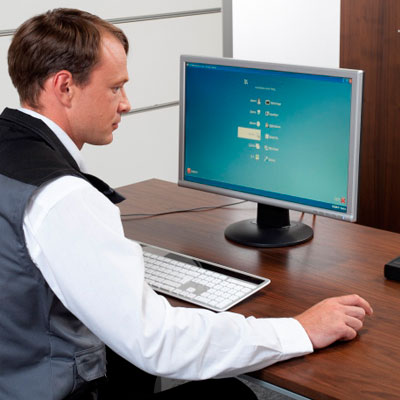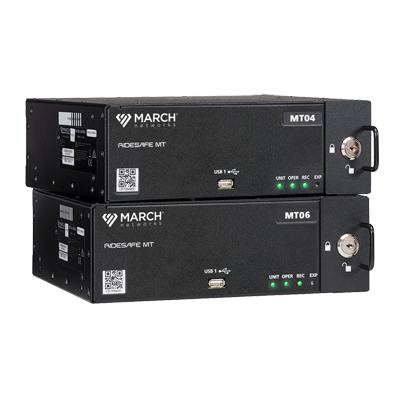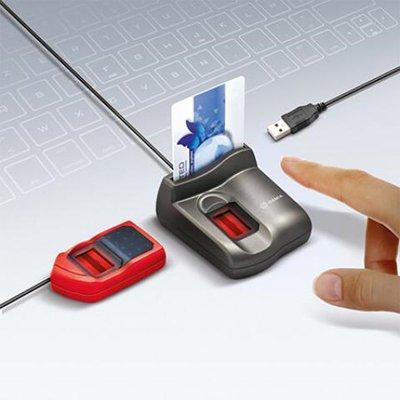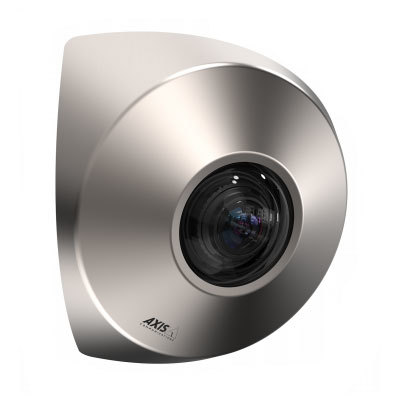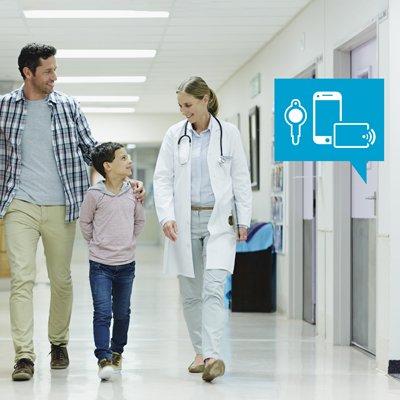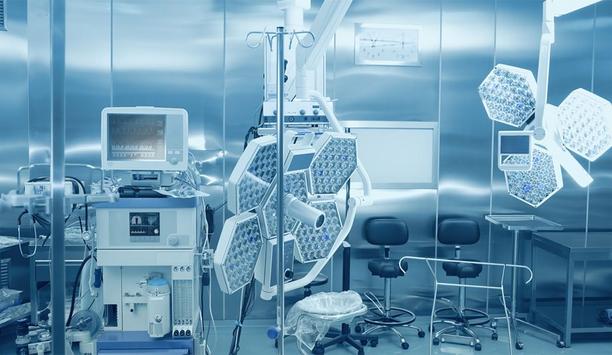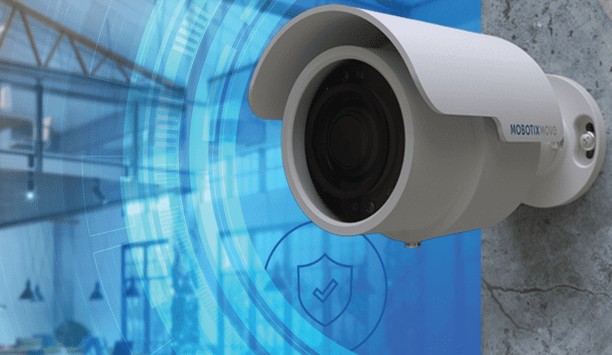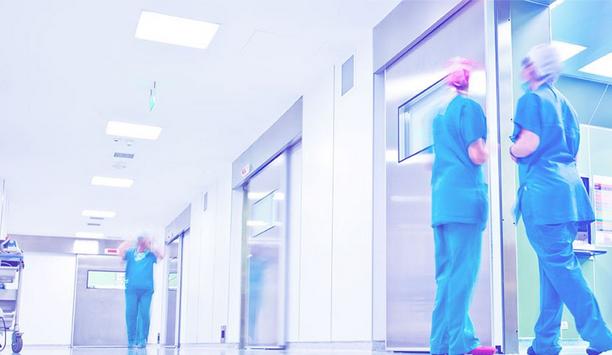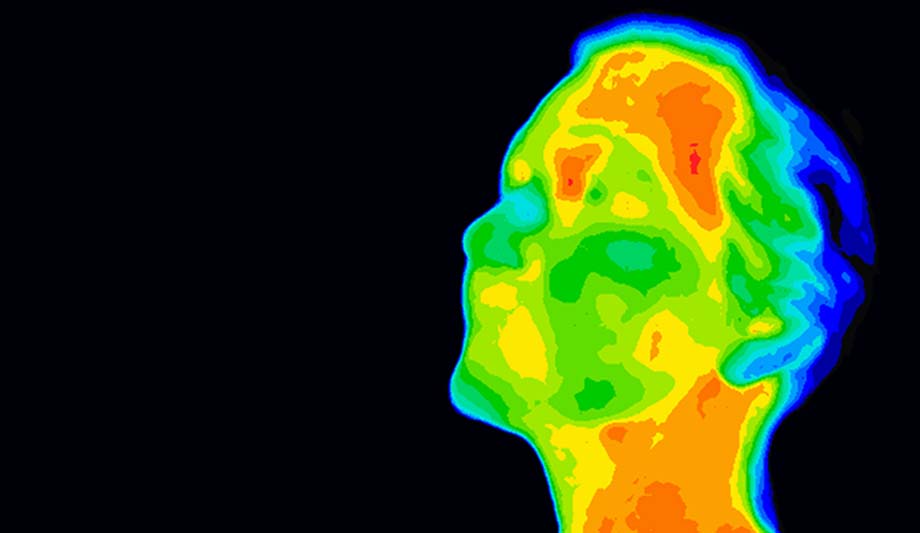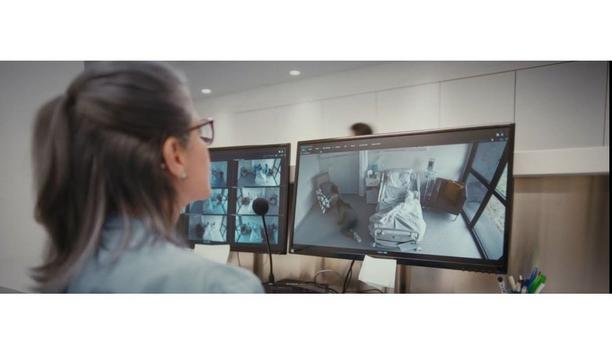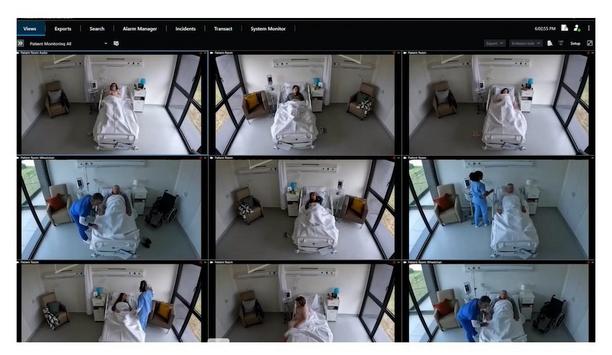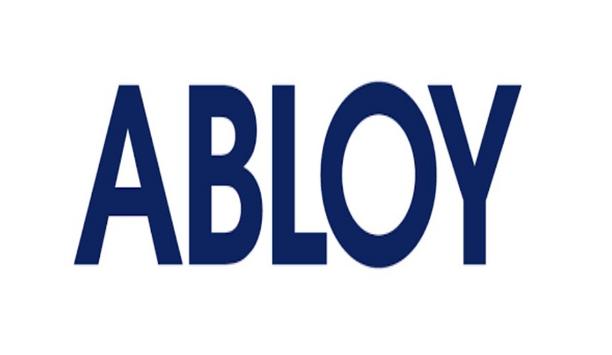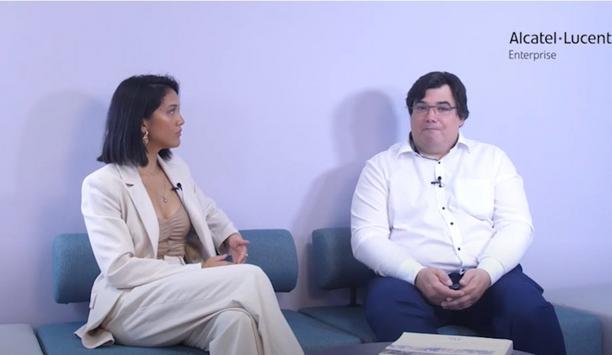With 1,300 cameras recording 24/7 and more than 1,000 investigations to process per year, Massachusetts General Hospital’s security team was not able to keep up with the vast amounts of recorded video.
Now, BriefCam Syndex Pro for fast video review, search and analysis, embedded within a Milestone XProtect video management software (VMS) platform is making efficient and effective video investigation possible.
Unique challenges to security
Massachusetts General Hospital’s (MGH) Police, Security and Outside Services Department provides some security services to many other Partners hospitals and facilities. Following its recent digital conversion, unified on the Milestone XProtect VMS platform, MGH’s security team was able to expand camera coverage by adding new Axis network cameras directly to the existing IP network.
The hospital environment presents unique challenges to security, Michelman points out
“The number of investigations we were doing was taking huge amounts of time in terms of reviewing video, and that was really a waste of time,” said Bonnie Michelman, MGH Executive Director of Police, Security and Outside Services and Consultant for Partners Healthcare. The hospital environment presents unique challenges to security, Michelman points out. MGH’s 17-acre urban campus, comprising 29 contiguous and 14 separate buildings (including underground and freestanding garage facilities), is complex. The security team must also take into account not only the main location, but also dozens of satellite facilities around the Boston area.
Enterprise risk management
“We can’t cover all of these facilities with security staff,” said Michelman. “We need to augment heavily with very good, state-of-the-art technology that allows us to combine our intelligence, labor, policies and procedures, in order to create a better holistic approach to enterprise risk management.”
Charged with creating a safe environment, MGH’s security team at the same time is challenged by the clinical team’s needs for increased efficiency through lowering length of stay and moving patients through the hospital as quickly as possible. The 24-hour Emergency Room, with its anxious, highly volatile population presents challenges of its own. In addition, patient elopement and patient wandering – unauthorized departures from the medical facility, whether intentional or unintentional – pose liability threats that can be very damaging to a hospital.
Providing customer satisfaction
A unified system was required to balance the video surveillance needs of a busy hospital campus
A unified system was required to balance the video surveillance needs of a busy hospital campus with remote satellite locations while upholding the highest level of security possible, maintaining operational flow, and providing customer satisfaction that includes expectations of privacy.
Michelman, together with MGH Senior Manager, Systems and Technology Robert Leahy, decided on the Milestone XProtect VMS platform. Camera count was increased from 400 to 1,300, and standardized with Axis network cameras connected directly to the IP network. To deal with the marked increase in video data, MGH’s team chose BriefCam Syndex Pro, a powerful set of tools intended to reduce the time and effort needed to conduct video reviews, post-event video investigation and real-time video monitoring. The BriefCam solution ties in seamlessly with the Milestone video management solution, providing efficient workflow for investigators.
Presenting video metadata
According to Michelman, BriefCam has already proven invaluable. A two year long ROI examination of video surveillance use at MGH has shown a progressive rise in success rates with the use of video in incident investigations.
According to Michelman, BriefCam has already proven invaluable
“I see BriefCam as a very important part of our toolbox of excellent practices for protecting what is a very complex environment of tangible and intangible assets,” said Michelman. BriefCam Syndex Pro’s ability to present video metadata in graphic visualization format, such as bar graphs, pie charts and the like, has opened up new realms of possibilities to extend the role of CCTV video beyond security into organizational efficiency and more informed, data-driven decision making.
Better investigative focus
“In the past, there might have been things that would have been a ‘nice to do,’ but we couldn’t do it because we didn’t have resources to watch many hours of video,” said Michelman. “Now we can manage the content and we can see trends, which in turn can drive redeployment of resources, and by extension, facilitate a better investigative focus and success.”
BriefCam Syndex Pro embedded within Milestone XProtect VMS platform is helping MGH in its mission to effectively and efficiently protect and safeguard the hospital community. Michelman said: “We’re happy with these products, but it’s not just about the quality of the technology, it’s about the quality of the partnership. You know, it’s easy to sell a product, but to sustain it, service it, and be there after it is in is really very critical for us.”




